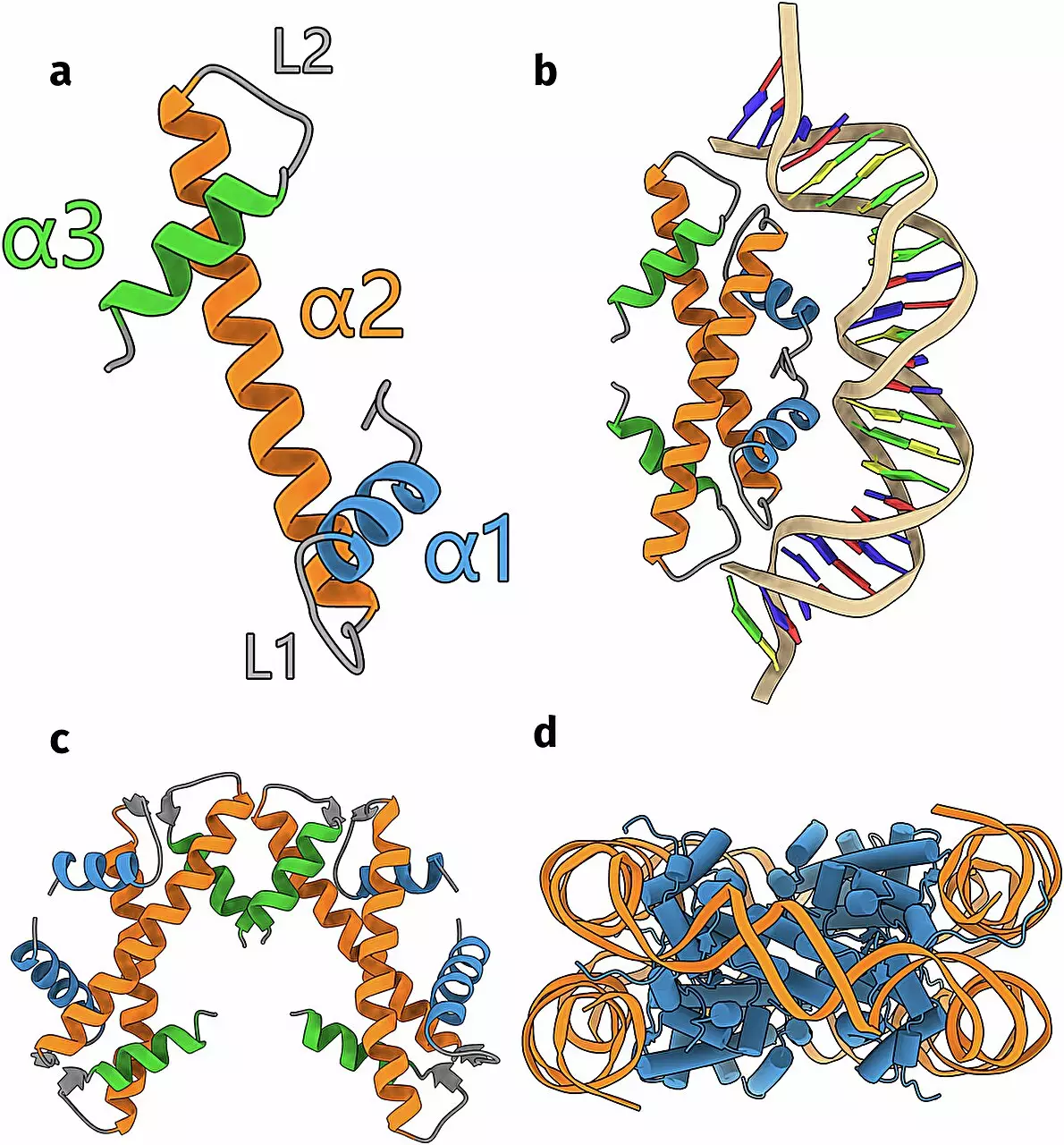

In a remarkable turn of events for microbiology and genetics, recent research led by Samuel Schwab, a Ph.D. candidate at the Leiden Institute of Chemistry, has unveiled an unexpected level of complexity in the histones of single-celled organisms, specifically bacteria and archaea. Long overshadowed by the implications of histone function in multicellular life forms, these proteins play a crucial role in modulating DNA behavior. This new research, published in *Nature Communications*, reveals that histones in these prokaryotic organisms exist in a staggering variety of forms, signaling a need for a paradigm shift in how we understand genomic organization across different life forms.
Histones have traditionally been regarded as the custodians of DNA organization, largely because of their structural role in forming nucleosomes—tiny spheres around which DNA wraps itself. This characteristic is vital as it allows lengthy DNA strands to fit compactly within the confined space of a cell. For decades, scientists presumed that only eukaryotic organisms, those with a nucleus, possessed histones, leading to a narrow focus on their function in complex organisms. However, the advent of advanced genetic research has uncovered that even the simplest forms of life, like single-celled bacteria and archaea, are equipped with these intricate proteins.
Schwab’s groundbreaking work heavily relies on an innovative artificial intelligence (AI) algorithm known as AlphaFold, which has revolutionized the field of structural biology by accurately predicting protein structures based on their amino acid sequences. Schwab meticulously gathered an extensive database of 6,000 DNA sequences potentially encoding for new histones within archaea and bacteria. Utilizing AlphaFold alongside the Leiden supercomputer facility known as ALICE, Schwab was able to hypothetically derive structural compositions of these previously undiscovered histones, setting the stage for significant revelations regarding their diverse capabilities.
The results were astounding. Schwab identified a total of 17 distinct groups of histones, reflecting an unexpectedly rich repertoire. Some of these histones were already documented; however, many structures represented novel findings, deepening our insight into how ancient mechanisms of DNA management have evolved. Initial laboratory tests confirmed the predictive accuracy of the AI-generated models, demonstrating that the physical attributes of newly identified histones closely aligned with predictions.
The study didn’t just stop at identifying structural diversity; it also ventured into hypothesizing the functional attributes of these various histones. Instead of merely wrapping DNA, it became evident that some histones may fulfill alternative roles. For instance, Schwab indicated that certain histones appear capable of folding DNA or creating loops by bridging various DNA segments. Perhaps more intriguingly, the research suggested that some histones might bind to cellular membranes instead of DNA, prompting questions about their functional implications outside of genomic organization.
This inquiry into histone diversity among single-celled organisms extends beyond mere academic curiosity. By advancing our comprehension of genetic material organization, this research contributes to a broader evolutionary understanding of histones—integral in parsing how different life forms navigate their genetic complexities. As Schwab aptly noted, there remains a vast amount yet to uncover about the roles these histones play.
Remus Dame, one of Schwab’s supervisors, emphasized the significance of this work not only for evolutionary biology but also for practical applications in interpreting genetic data. Understanding these proteins better equips scientists to make sense of cellular processes that remain largely enigmatic.
The research led by Schwab marks a compelling chapter in microbiological studies, challenging preconceived notions and expanding the landscape of genomic research. With a scalable approach powered by advanced AI, scientists are better positioned to unlock the secrets of cellular functions. As we move forward, the implications of this newfound knowledge about histones in simple organisms will undoubtedly shape our understanding of the genetic organizational principles present in all life forms, encouraging further exploration into the unknown depths of cellular biology.
Rogue waves have long been a subject of fascination and terror in maritime lore. These…
As the world grapples with public health challenges, especially those posed by infectious diseases, the…
The Sombrero Galaxy, also known as Messier 104, embodies a breathtaking blend of spirals and…
In recent advances in quantum electronics, a groundbreaking discovery leveraging the concept of kink states…
In the intricate tapestry of nature, ice often exists in a delicate balance with liquid…
In an astonishing event that captured global attention, a rogue object from beyond our Solar…
This website uses cookies.